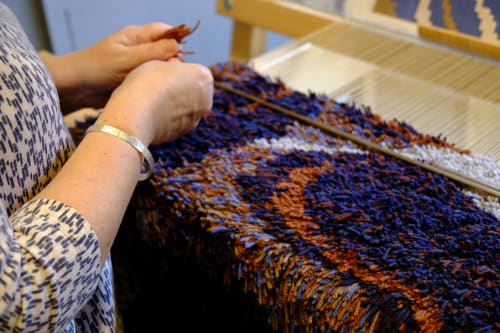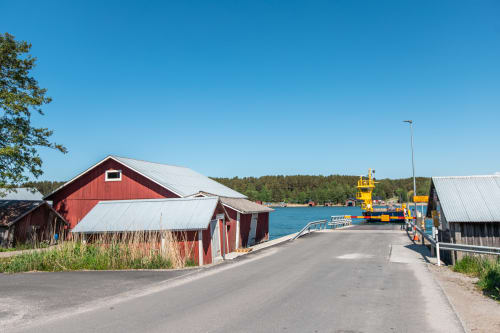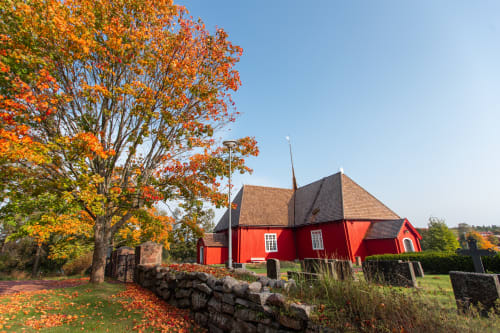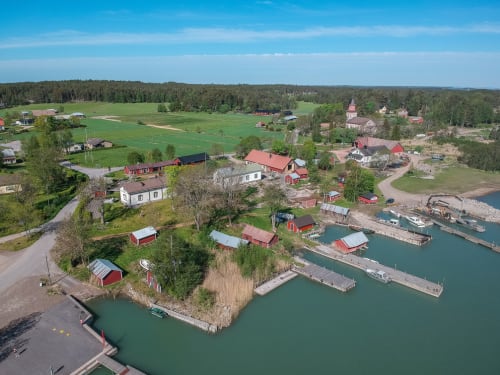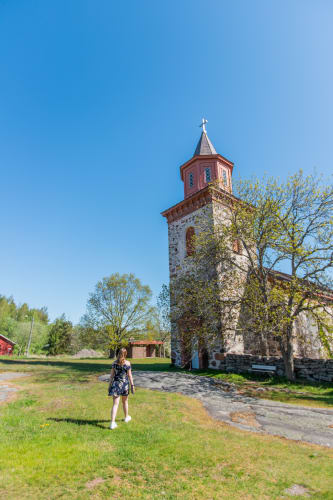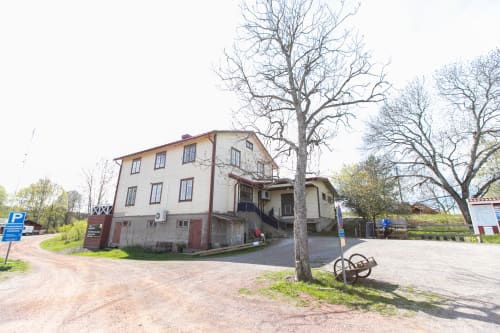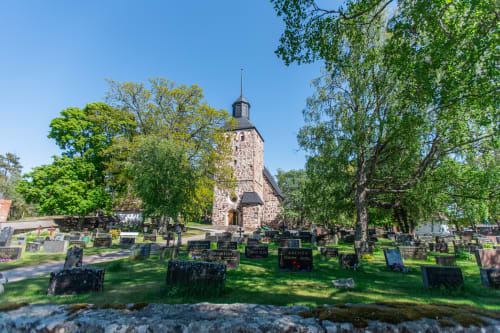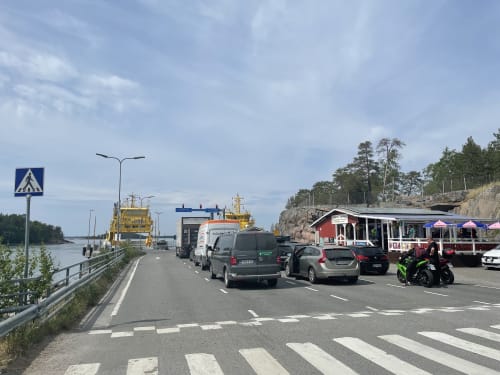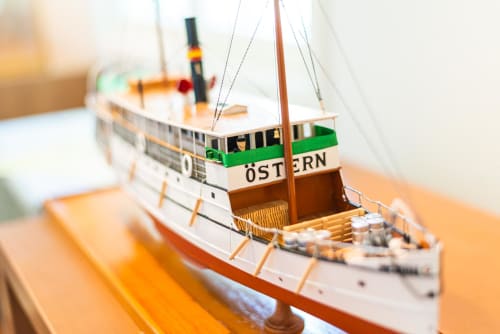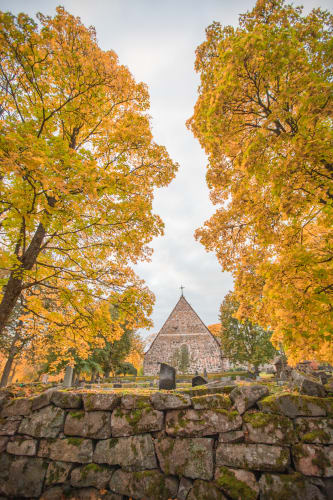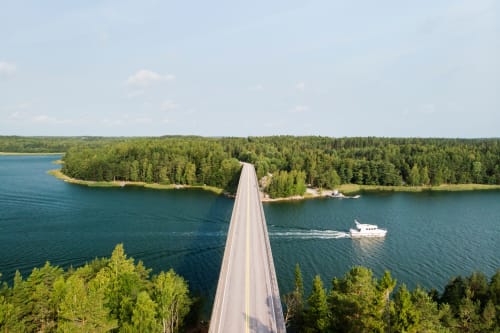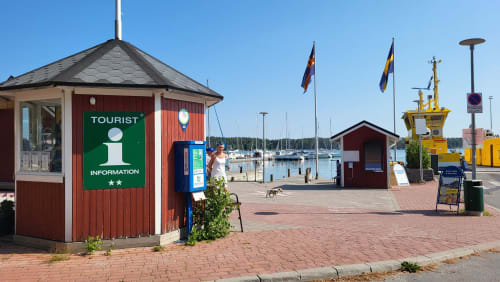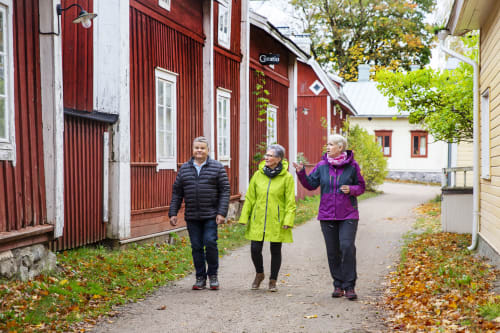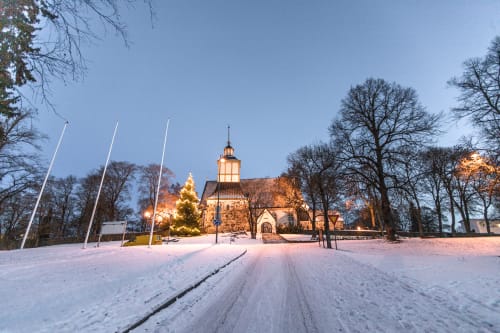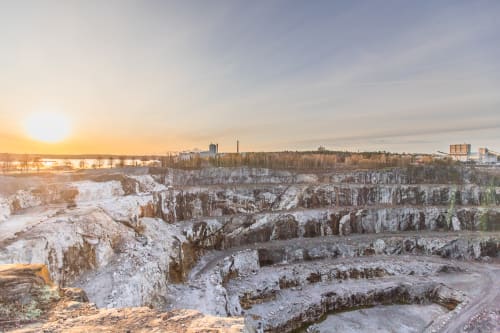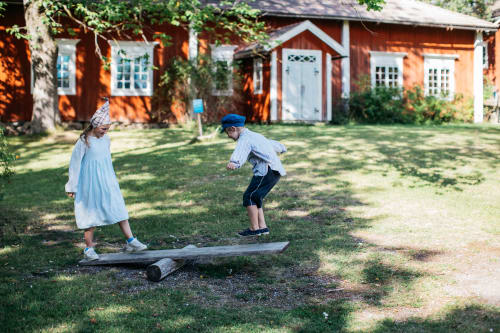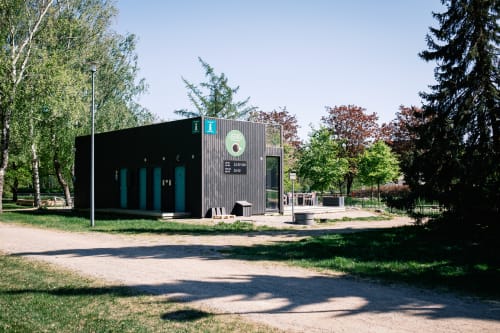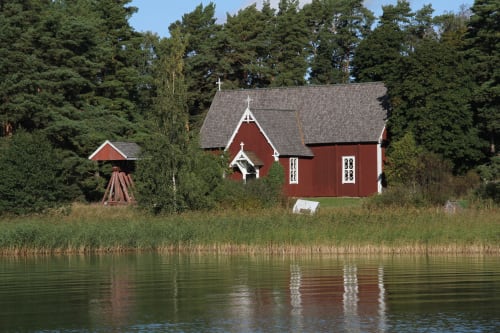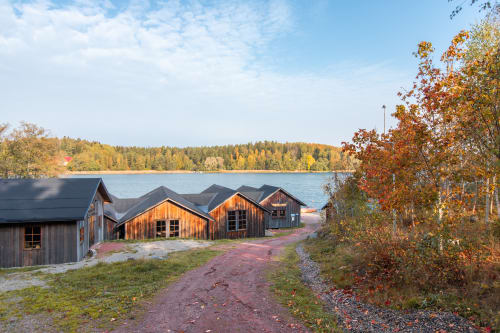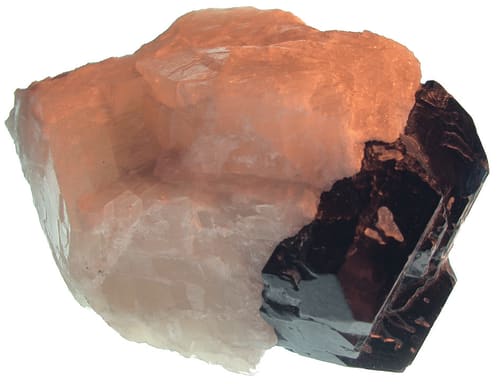History and Culture of the Finnish archipelago
The Finnish archipelago is a picturesque paradise, but few know of its rich and dramatic history. For centuries, the islands have been a meeting place for cultures and a site of battles, piracy, and heroic stories of islanders saving shipwrecked seamen.
Discover the Dramatic History of Finland’s Archipelago
The archipelago, lying as does along ancient Viking trading routes between East and West, has been a meeting place for cultures throughout the centuries. Contrary to the contemporary tranquil and rural beauty, the islands hide a dramatic history of battles, piracy, and courageous stories of islanders saving shipwrecked seamen. Indeed, often viewed as a pristine natural area, the cultural landscape has been shaped by thousands of years of human interaction by crofters, sailors, and fishermen. Nowadays the most valuable conservation workers are the sheep and cattle who happily graze on remote islands and skerries all summer. Since 1994, large parts of the archipelago’s 100 inhabited islands have been part of UNESCO’s global network of biosphere reserves.
There are local history museums on all the main islands and virtual guided experiences to be found in Pargas old wooden town, Korpoström and Pargas Church. The grey fieldstone churches and chapels are both historic, beautiful, and full of interesting details, many of national importance.
Where is the Finnish archipelago?
The old old ferry pier signs from Galtby in Korpo are quite illustrative, it pronounces Turku 45km, and Stockholm 209km showing the position between Sweden and mainland Finland. Whilst a majority Swedish-speaking area you will find many Finnish place names and be greeted in the shops in both Finnish and Swedish. The rocky character of the area has left its mark on the archipelago’s signature foods such as new potatoes, archipelago malt bread and herring dishes. Did you know that the island of Korpo traditionally delivers a Christmas pike to the President every year. One of the best ways to experience the culture of the archipelago is in one of the small harbours in the outer archipelago where islanders smoke freshly caught fish and perform impromptu accordion or fiddle concerts in the warm evening summer sun. The local ferries are a lifeline of the archipelago and a great way to experience the area. Islanders come to fetch their post, greet visitors and exchange gossip at the ferry pier.
Experience a cultural explosion during summer in Finland's archipelago, with festivals, concerts and theater performances featuring local and internationally renowned artists, and if you're looking for a unique experience, visit the underwater snorkeling statue trail outside of Dalskär in the national park.
Modern culture in the Finnish archipelago
The archipelago is a cultural melting pot, especially during the summer, the islands bubble with festivals, concerts, and theatre performances. From jazz to chamber music, local to nationally and internationally renowned artists, you will find it all. The island of Korpo is well known for its artist residencies and visual artists and artisans. If you are looking for something unusual and have your own boat, visit the underwater snorkelling statue trail outside of Dalskär in the national park. The sculptures created by Turku high school students reflect our relationship to the sea environment. For “land crabs” as they say in Swedish there is a sculpture walking trail in Pargas.
